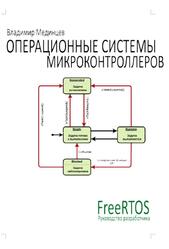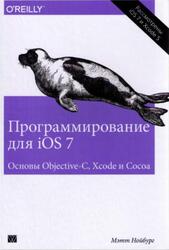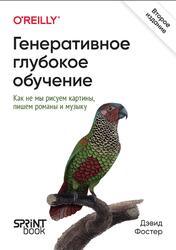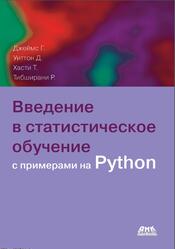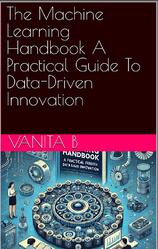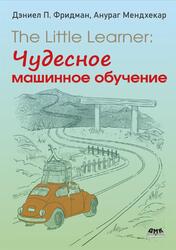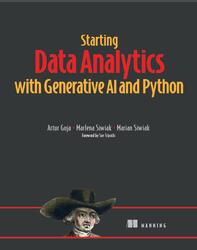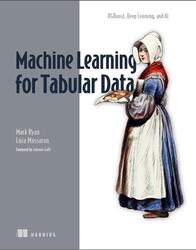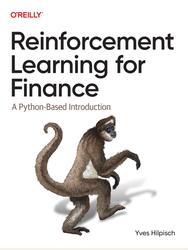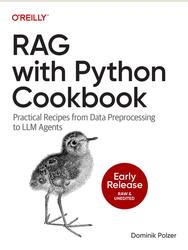This Book provides a comprehensive overview of various machine learning algorithms and techniques, categorized by their primary functions, such as regression, classification, clustering, optimization, and NLP. Each algorithm has been explained in terms of its main concept, purpose, use cases, mathematical background, loss function, pros and cons, and visual representation. This knowledge is crucial for selecting the right algorithm for specific problems and understanding the underlying mechanisms that drive their performance.
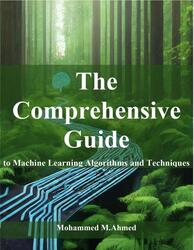
Quantile Regression.
Main Concept: Quantile Regression is a type of regression analysis used in statistics and econometrics that allows for estimating the conditional quantiles (such as the median or the 90th percentile) of the response variable. Unlike ordinary least squares (OLS) regression, which estimates the mean of the dependent variable conditional on the independent variables, quantile regression estimates the median or other quantiles, providing a more comprehensive analysis of the relationship between variables.
Main Purpose: The primary goal of quantile regression is to provide a more complete view of the relationship between independent and dependent variables by estimating different points of the conditional distribution of the dependent variable. This is particularly useful in situations where the relationship between variables varies across different quantiles.
CONTENTS.
ACKNOWLEDGMENTS.
1. Introduction.
2. Regression Algorithms.
2.1 OLS (Ordinary Least Squares).
2.2 Lasso (Least Absolute Shrinkage and Selection Operator).
2.3 SVM (Support Vector Machine) for Regression.
2.4 Decision Tree for Regression.
2.5 Random Forest for Regression.
2.6 Neural Networks for Regression.
2.7 GBM (Gradient Boosting Machine).
2.8 GLM (Generalized Linear Models).
2.9 К-Nearest Neighbors for Regression.
2.10 Stepwise Regression.
2.11 Quantile Regression.
3. Classification Algorithms.
3.1 Logistic Regression.
3.2 Naive Bayes.
3.3 SVM (Support Vector Machine) for Classification.
3.4 Decision Tree for Classification.
3.5 Random Forest for Classification.
3.6 Neural Networks for Classification.
3.7 Gradient Boosting Machine (GBM) for Classification.
3.8 К-Nearest Neighbors for Classification.
3.9 Multiclass Naive Bayes.
4. Clustering algorithms.
4.1 K-Means.
4.2 Hierarchical Clustering.
4.3 DBSCAN (Density-Based Spatial Clustering of Applications with Noise).
4.4 Gaussian Mixture Model (GMM).
4.5 Affinity Propagation.
4.6 Spectral Clustering.
5. Reinforcement Learning Algorithms.
5.1 Q-Learning.
5.2 Deep Q-Networks (DQN).
5.3 Policy Gradient Methods.
5.4 Actor-Critic Methods.
5.5 Proximal Policy Optimization (PPO).
5.6 Trust Region Policy Optimization (TRPO).
5.7 Asynchronous Advantage Actor-Critic (A3C).
6. Ensemble Methods.
6.1 Boosting.
6.2 Bagging.
6.3 Stacking.
6.4 Voting.
6.5 Averaging.
7. Dimensionality' reduction methods.
7.1 Principal Component Analysis (PCA).
7.2 Linear Discriminant Analysis (LDA).
7.3 t-Distributed Stochastic Neighbor Embedding (t-SNE).
7.4 Uniform Manifold Approximation and Projection (UMAP).
7.5 Independent Component Analysis (ICA).
8. Optimization Algorithms.
8.1 Particle Swarm Optimization (PSO).
8.2 Genetic Algorithm.
8.3 Gradient Search.
8.4 Linear Programming.
8.5 Integer Programming.
8.6 Multi-Armed Bandit.
9. Computer Vision Algorithms.
9.1 CNN (Convolutional Neural Networks).
9.2 Fast R-CNN (Regions with Convolutional Neural Networks).
9.3 GANs (Generative Adversarial Networks).
9.4 YOLO (You Only Look Once).
9.5 ImageNet.
9.6 U-Net.
9.7 AlexNet.
9.8 VGG (Visual Geometry Group).
9.9 ResNet (Residual Network).
10. Recommender Systems.
10.1 Collaborative Filtering.
10.2 Alternating Least Squares (ALS).
10.3 Content Filtering.
10.4 Association Rule.
10.5 RNN (Recurrent Neural Network).
10.6 Two-Tower Model.
11. Forecasting Algorithms.
11.1 ARIMA (AutoRegressive Integrated Moving Average).
11.2 SARIMA (Seasonal ARIMA).
11.3 SARIMAX (Seasonal ARIMA with exogenous variables).
11.4 Exponential Smoothing.
11.5 Deep AR.
11.6 BayesDLM (Bayesian Dynamic Linear Model).
11.7 N-Beats.
12. NLP/LLM Algorithms.
12.1 RNN (Recurrent Neural Networks).
12.2 LSTM (Long Short-Term Memory).
12.3 BERT (Bidirectional Encoder Representations from Transformers).
12.4 GPT (Generative Pre-trained Transformer).
12.5 Word2Vec.
12.6 LaMDA (Language Model for Dialogue Applications).
12.7 Llama (Large Language Model for Multimodal Access).
12.8 StableLM (Stable and Expressive Language Model).
13. Feature Selection Methods.
13.1 Backward Elimination.
13.2 Forward Selection.
13.3 Stepwise Selection.
13.4 Recursive Feature Elimination (RFE).
13.5 LASSO (Least Absolute Shrinkage and Selection Operator).
13.6 Random Forest Importance.
13.7 Relief Methods.
14. Overfitting Prevention Techniques.
14.1 Cross-Validation.
14.2 Early Stopping.
14. Regularization (Li, L2).
15. Data Balancing Techniques.
15.1 Random Undersampling.
15.2 Synthetic Minority' Over-sampling Technique (SMOTE).
15.3 Adaptive Synthetic Sampling (ADASYN).
15.4 SMOTE-Tomek.
16. Fine-tune techniques for LLMs.
16.1 LoRA (Low-Rank Adaptation).
16.2 Quantized LoRA (QLoRA).
16.3 Parameter Efficient Fine Tuning (PEFT).
16.4 DeepSpeed.
16.5 ZeRO (Zero Redundancy Optimizer).
Бесплатно скачать электронную книгу в удобном формате, смотреть и читать:
Скачать книгу The Comprehensive Guide to Machine Learning Algorithms and Techniques, Ahmed M.M., 2024 - fileskachat.com, быстрое и бесплатное скачивание.
Скачать epub
Ниже можно купить эту книгу, если она есть в продаже, и похожие книги по лучшей цене со скидкой с доставкой по всей России.Купить книги
Скачать - epub - Яндекс.Диск.
Дата публикации:
Теги: учебник по программированию :: программирование :: Ahmed
Смотрите также учебники, книги и учебные материалы:
Следующие учебники и книги:
Предыдущие статьи:


